History of cinema:
Three films about love and how to apply the learned storytelling equality skills into scriptwriting
The scope of the course is 3 credits.
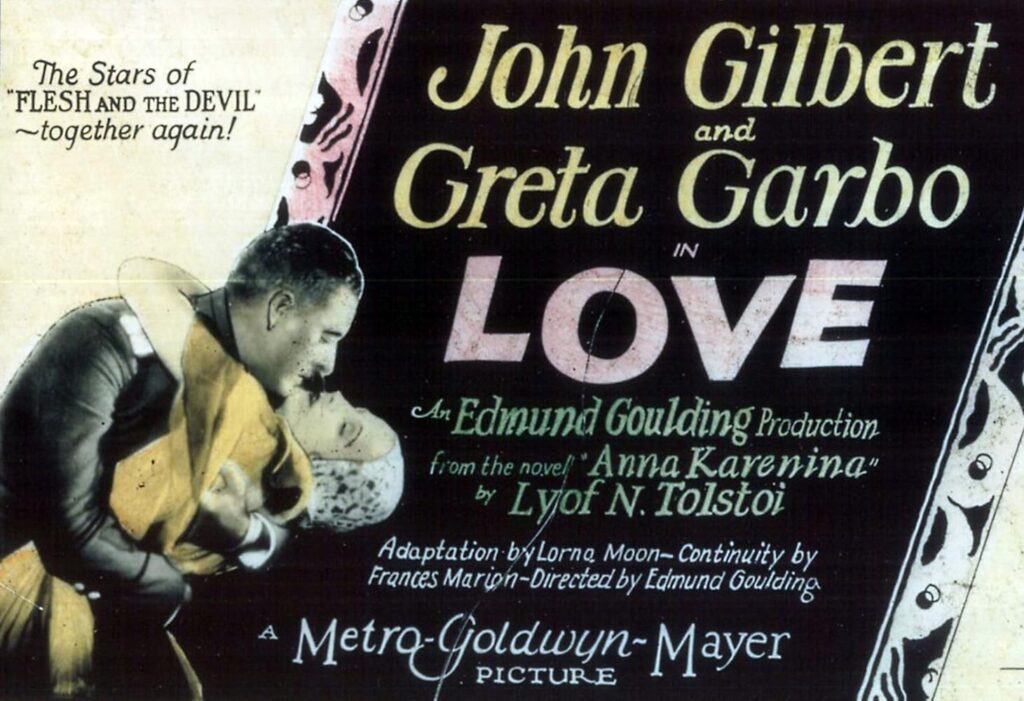
Course Description:
In this course, you will explore three different films from three different decades. At the same time, you will reflect on and evaluate your own understanding of filmmaking as a historical continuum and explore different perspectives on the dramaturgy of romantic and emotional love in film’s characters and plot.
A particular focus of the course will be cultural sustainability in terms of gender equality, both in terms of production and narrative.
Target audience:
The course is suitable for students interested in screenwriting who will learn to relate film history to ethical storytelling and, through its insights, explore their own understanding of love and relationships and apply principles of cultural and social equality to their own screenwriting.
Films contain strong emotional expressions, violence, political injustice, alcohol consumption, smoking and adultery. The films are not recommended for viewers under the age of 16.
All films and some accompanying materials are in English without subtitles or translation.
Requirements for Participants:
The course is a film history course for which there are no pre-requisites.
Films
Love (1927)
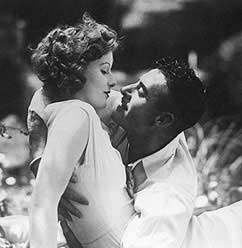
Love : Leo Tolstoy : Free Download, Borrow, and Streaming : Internet Archive
https://en.wikipedia.org/wiki/Love_(1927_American_film)
https://archive.org/details/love_1928
His Girl Friday (1940)
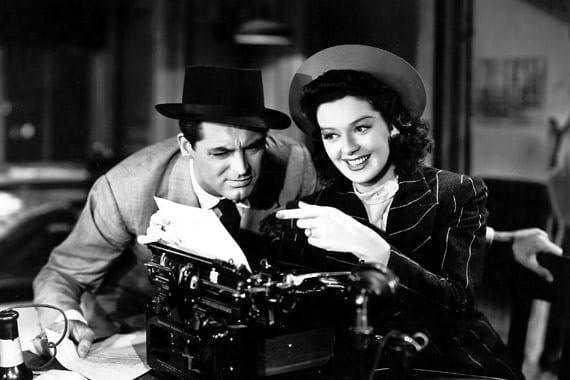
Public Domain : Free Download, Borrow, and Streaming : Internet Archive
https://en.wikipedia.org/wiki/His_Girl_Friday
https://archive.org/details/HisGirlFriday1940_201505
The Farmer’s Daughter (1947)
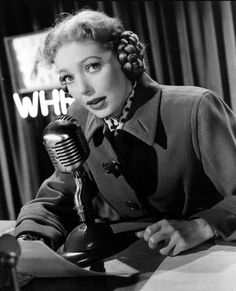
Free Download, Borrow, and Streaming : Internet Archive
Juurakon Hulda remade in Hollywood as The Farmer’s Daughter (1947 film)
https://en.wikipedia.org/wiki/The_Farmer%27s_Daughter_(1947_film)
https://youtu.be/zprVVMuJlTk?si=oDrN8YpagoxMEumA
https://youtu.be/zprVVMuJlTk?si=uzbb01NgnJw_Phlu
https://youtu.be/zprVVMuJlTk?si=bIWb5NrmBU-ZQjNY
(Juurakon Hulda (1937) Juurakon Hulda (The original 1937 film version in Finnish) | Kansallinen audiovisuaalinen instituutti | Elonet (finna.fi)
https://elonet.finna.fi/Record/kavi.elonet_elokuva_118046
Also remade as a TV-series The Farmer’s Daughter (TV series)
https://en.wikipedia.org/wiki/The_Farmer%27s_Daughter_(TV_series)
Learning Objectives:
Learning Outcomes: Knowledge and Understanding, and Skills
- History of film dramaturgy
- An understanding of how dramaturgical elements have been used and expressed at different stages in the history of cinema. Identifying narrative devices in films from different periods. Changes and persistent phenomena in film dramaturgy throughout the history of cinema.
- Film History
- Assimilating the history of a film. General knowledge of film history.
- Dramaturgy of love
- Perceiving the norms of the surrounding society in films from different periods. Recognition of the expression of right and wrong love in films of different periods. Critical analysis of the expressions of love in films of different periods.
- Equality expertise
- Identify the manifestations of gender inequality in films.
- Creativity
- The ability to think outside the boundaries of existing ideas, rules, practices or contexts. The ability to create or modify appropriate alternatives, ideas, products, methods or services, regardless of their potential usefulness or added value.
- Critical thinking
- The ability to analyse and evaluate the advantages and disadvantages of different things, considering the risk factors associated with their intended use.
- Humanity skills in dramaturgical analysis and scriptwriting
- The history of cinema must be approached with a critical and ethical understanding. The screenwriter has the right and the duty to give meaning and shape to the lives of the characters in the story, to be aware of his/her own prejudices and not to inadvertently reinforce unequal structures in society.
“Media education must respond to societal and environmental calls for sustainability, as well as health and well-being at work.” INNOCAMP.PL, University of Gdańsk, Universitat Politècnica de València, Turku University of Applied Sciences, University of Malta © SUMED 2024

This course, Film history: The Representations of Love in Three Movies, is part of the SUMED project. The aim of this course is to illustrate societal and cultural representations of love in three Hollywood films.
This is how you work on this course
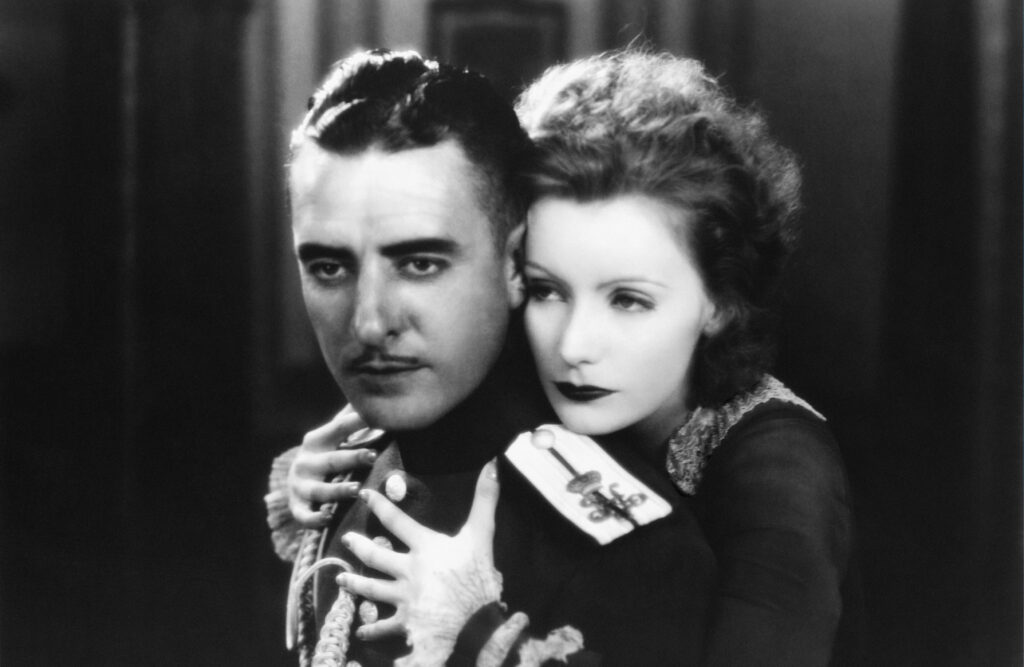
Recommended Course Pathway:
The course consists of three different films, with associated materials and exercises. You can proceed in the order of the course structure or according to your own interests and needs. The course is self-paced, without teacher guidance.
On completion of the course, the student will:
- be familiar with early 20th century film narrative
- recognises the recurring laws of cinematic expression in the early 20th century.
- recognises the dramaturgical devices of filmmaking
- critically analyses the choices made in plot development
- can see hidden narrative meanings
- observes the treatment of the theme of love in entertainment films
What is film history?
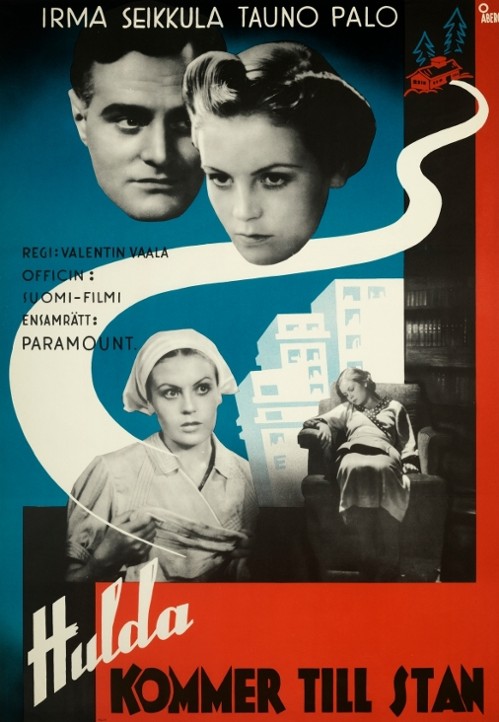
The history of cinema can be approached from different perspectives, united by a historical perspective. The perspective can be national, political, commercial, feminist, experimental, genre, sociological, regional, trendy, aesthetic, auteurist, thematic, propagandistic or even focused on one element such as violence, sexuality, censorship, production method, rhythm, tempo, tone, subject, attitude or philosophy.
This course will focus on the dramaturgical narratives of American cinema and their changes and continuities in the first half of the 20th century. The course will examine three films, all of which deal with romantic love and social emotional structures. The films are directed by American filmmakers and use the English language.
Why is film history important?
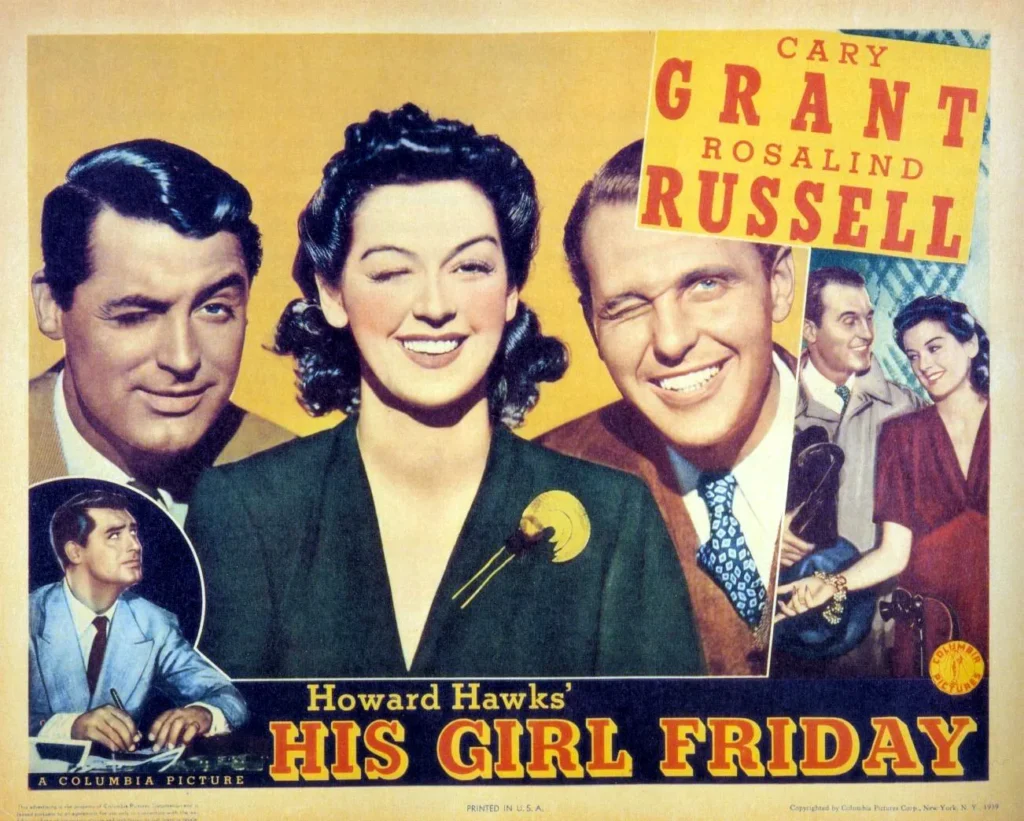
The history of cinema is a key aspect of the history of arts and media. Studying film history will develop your analytical skills and increase your general knowledge of arts and media.
When watching old films, you should always consider the time and place of their production. A film depicts the world as it appeared at the time it was made, even if the film is set in a completely different epoch. Similarly, contemporary films reflect the values and problems of our current societies.
Man has remained unchanged for thousands of years, but societies change, different things are forbidden or allowed depending on the political, social, cultural and moral trends that are taking place. Watching an old film, you can understand how people like us have fared or not fared in any given world situation.
The history of cinema is the history of human emotional expression. Emotions are the same as they are this year, but the reactions of the characters in old films to their own emotions give us an understanding of the socially bound motives behind human choices. These aspirations for freedom and happiness of yesterday are similar to the aims of people today, but the means of the aspiration and the obstacles to achieving those aspirations may follow very different laws from those of today and in today’s films.
Fictional films are metaphors, not documentaries. A broad understanding of metaphors contributes to a broader understanding of humanism, culture and art. The fictional characters in films are images of humanity possessed by goodness, evil and contradictions.
Once the commercial novelty value of a film at the time of its release has been overcome, it is possible to explore the film without comparing the realisation to the actual world around it, to other films of the time, or to judge the film on the basis of the realism or appropriateness of the mirror it sets up to human nature and society. Contemporary assessments are often not comparable to the historical perceptions of the film in relation to old films. Up close, you can’t necessarily see better.
Film history provides an insight into humanity on a broader level than just a momentary, limited contemporary view. The archive of film history shows us the whole spectrum of humanity, from nobility to nothingness, from unworthiness to sanctity, from heroism to exploitation. An understanding of film history broadens our intellectual consciousness and educates our human minds.
Use of film history skills in scriptwriting
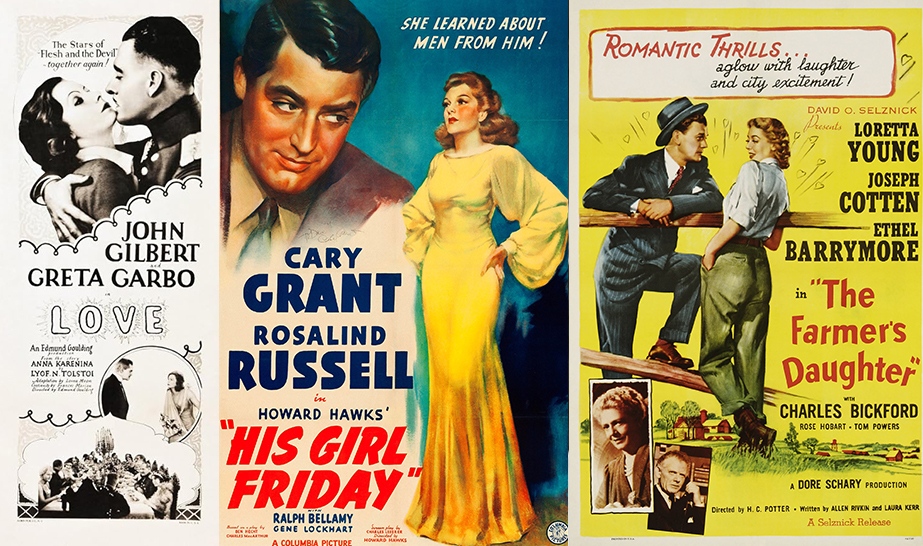
Film screenwriting takes place in a time and place, and the work is bound up with the censorship, customs, rules of propriety, the political situation, international relations, morals and ethics of its time. Dramaturgy is based on problematisation: writers observe or imagine problems which they set their characters to solve. The problems are different in different periods, and when analysing old films we must realise that screenwriters were not time travellers. They have not been able to see into the future, into the present day in which the viewer now lives. Yet many problems are universal and understandable even a hundred years later. Screenwriters must reflect on their own values, morals and ethics when they set problems and obstacles for their characters. The screenwriters themselves have to understand, define and reflect to the world their own concept of right and wrong.
The knowledge of film history acquired in this course can be applied by completing screenwriting assignments based on a cultural and social understanding of the problems of each film.
GUIDELINES FOR THE TEACHER
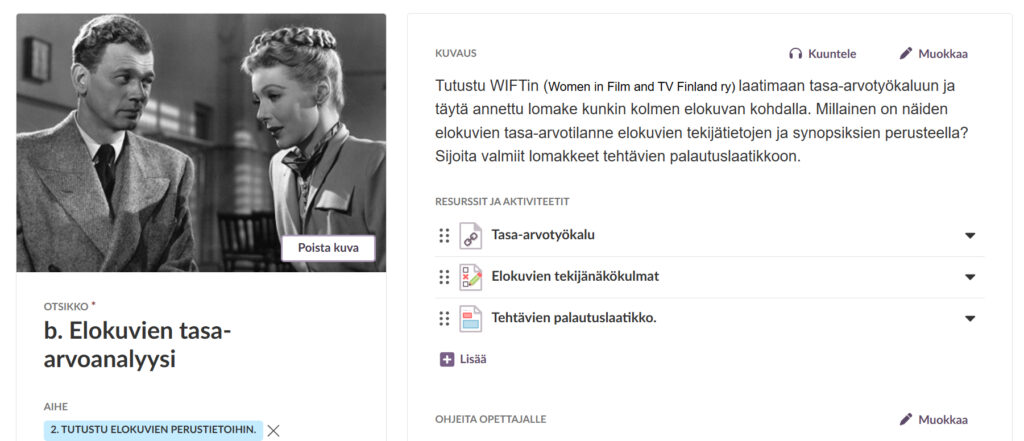
The structure of this course allows for a wide range of themes and topics to be addressed from a sustainability and diversity perspective. Through the experience of the three films, students will gain experience of repetition and, especially through the script assignments, learn to recognise and acknowledge their own unequal and prejudiced perceptions of people and society. The script assignments should be taken to classes or mentoring outside of this MOOC for further tutored development into script work.
The analysis of the equality levels of these films can be based on a variety of national or international film gender equality tools like these:
Stamp Application – International Film – ReFrame (UK)
https://www.reframeproject.org/stamp/international/application
Gender Equality Tool – WIFT Finland
https://www.wift.fi/tasa-arvotyokalu
Cultural and social scriptwriting competences include the following areas of competence, which should be considered in the dramaturgy and production structure of the films to be analysed.
Cultural and social scriptwriting skills include the following areas of competence:
GENDER COMPETENCE OF THE SCREENWRITER
◦ gender sensitivity and awareness
◦ basic assumptions and perceptions about gender, both personal and social
◦ gender diversity and related key concepts
◦ dramaturgical awareness of the use of gender inequalities in films
◦ gendered structures in different professional fields
◦ identify the skills, qualities and behavioural patterns needed in screenwriting in order to integrate a gender perspective in a natural way in filmmaking
◦ experiment with different screenwriting tools that can be used to build gender equality
◦ explain how no organisational measure is gender-neutral and that the world treats women and men differently.
KNOWLEDGE OF THE ETHICS OF THE SCREENWRITER’S ART
◦ the intrinsic value of art
◦ the commercial potential of art
◦ the commercial and artistic dimensions of scriptwriting and dramaturgy
◦ principles of applied art
◦ demonstrate artistic freedom for oneself and others!
◦ ethical quality is not directly correlated with high artistic quality
◦ the artist does not have to acknowledge, share or accept the attitudes or events depicted in the work
◦ works of art are open to different interpretations
◦ the representation of art and its dimensions
◦ the writer is ultimately responsible for their work
◦ art with even a little ethical charge offends or irritates some people
◦ some works should not be published on moral grounds
◦ the autonomous status of art allows unethical acts in the name of art that are incompatible with public values
◦ art is a means of raising and questioning ethical issues.
